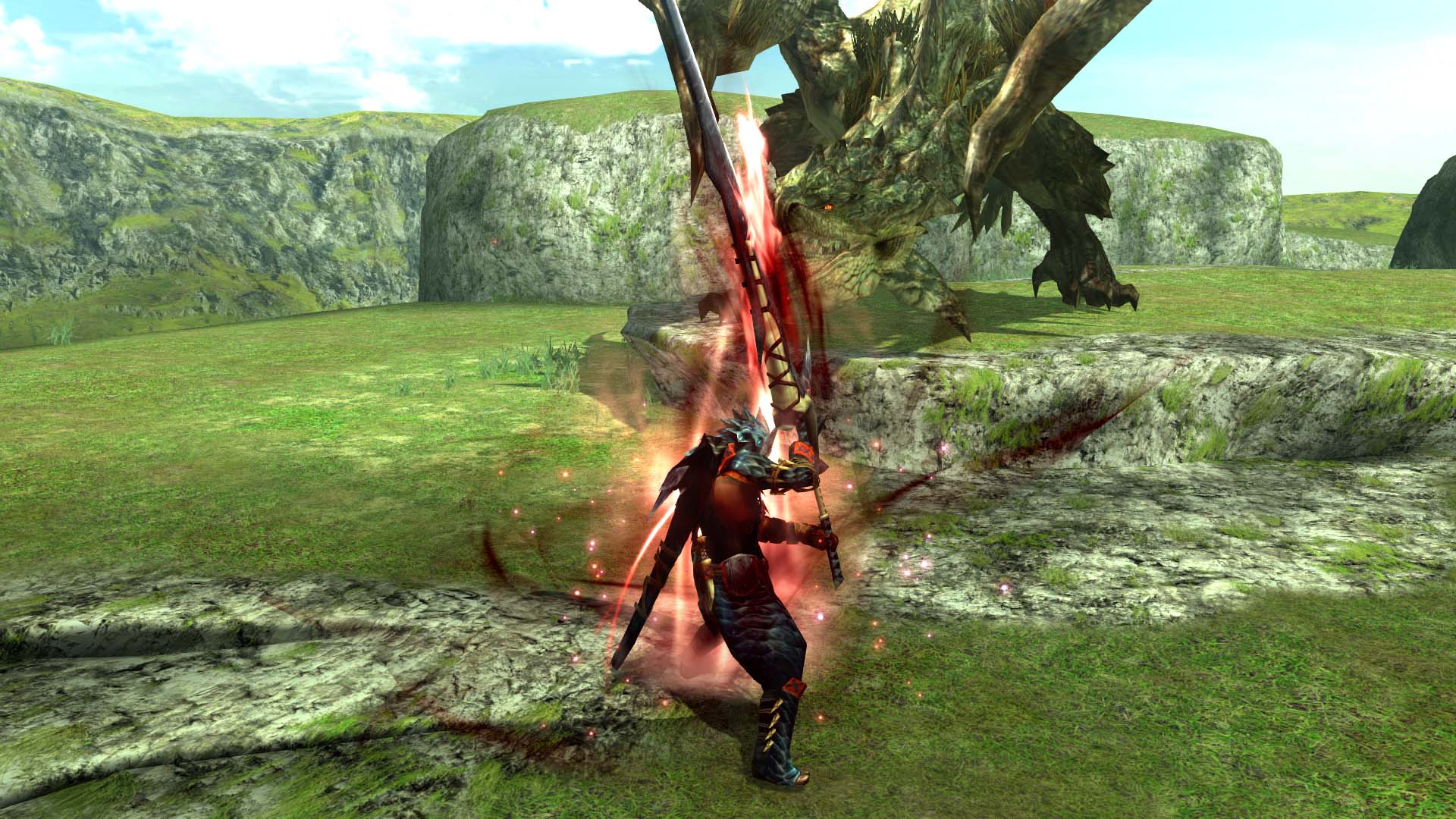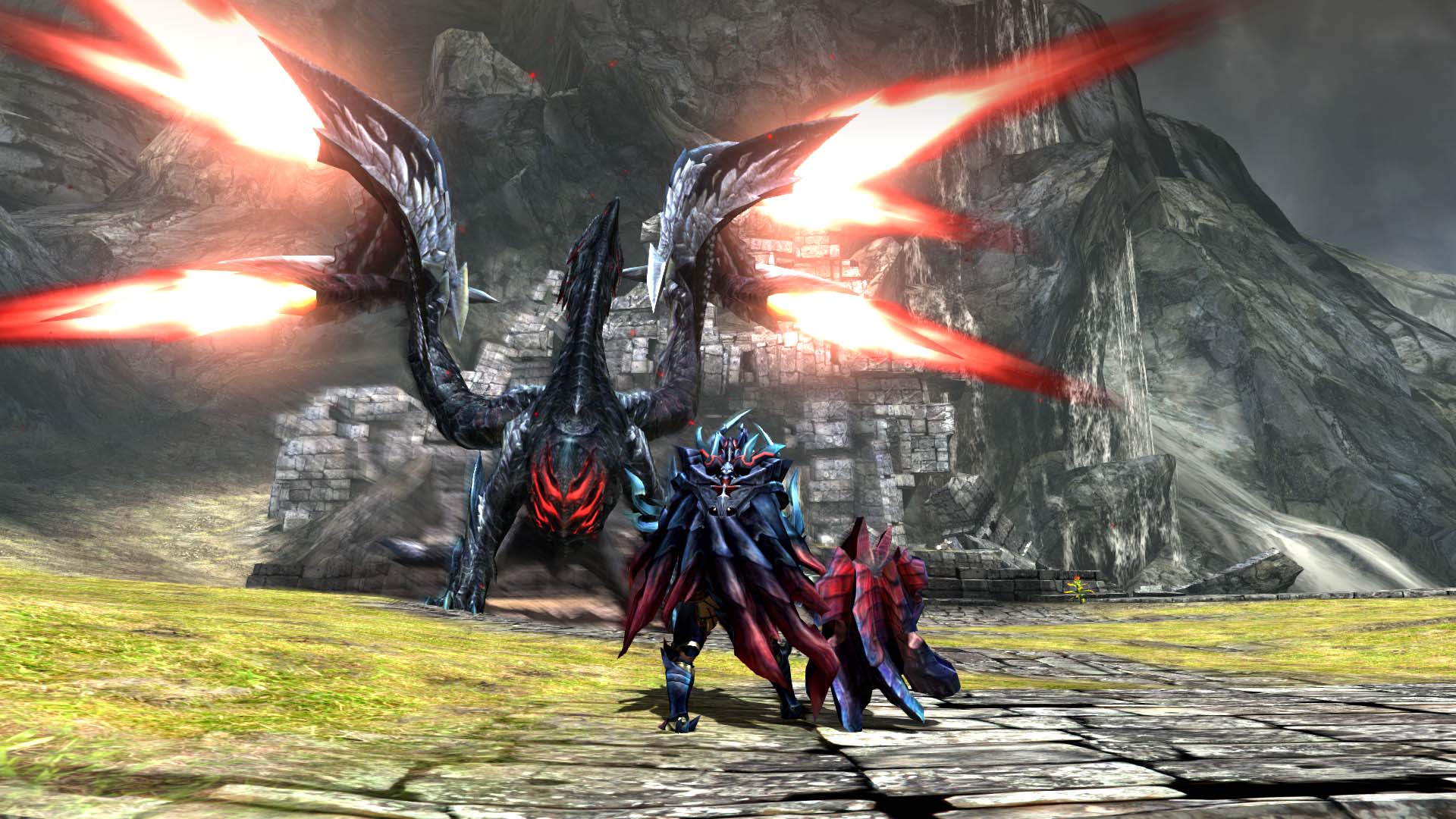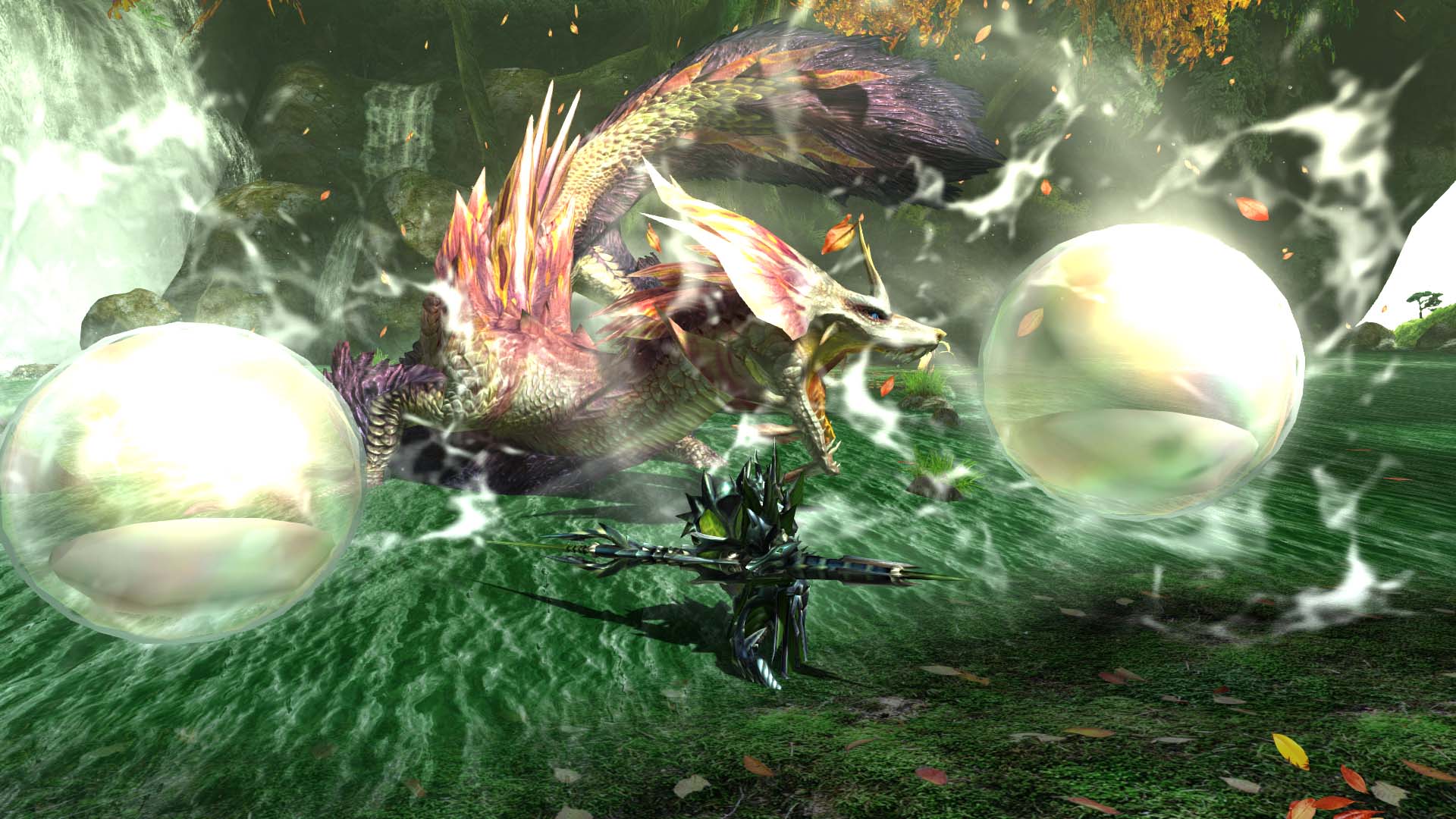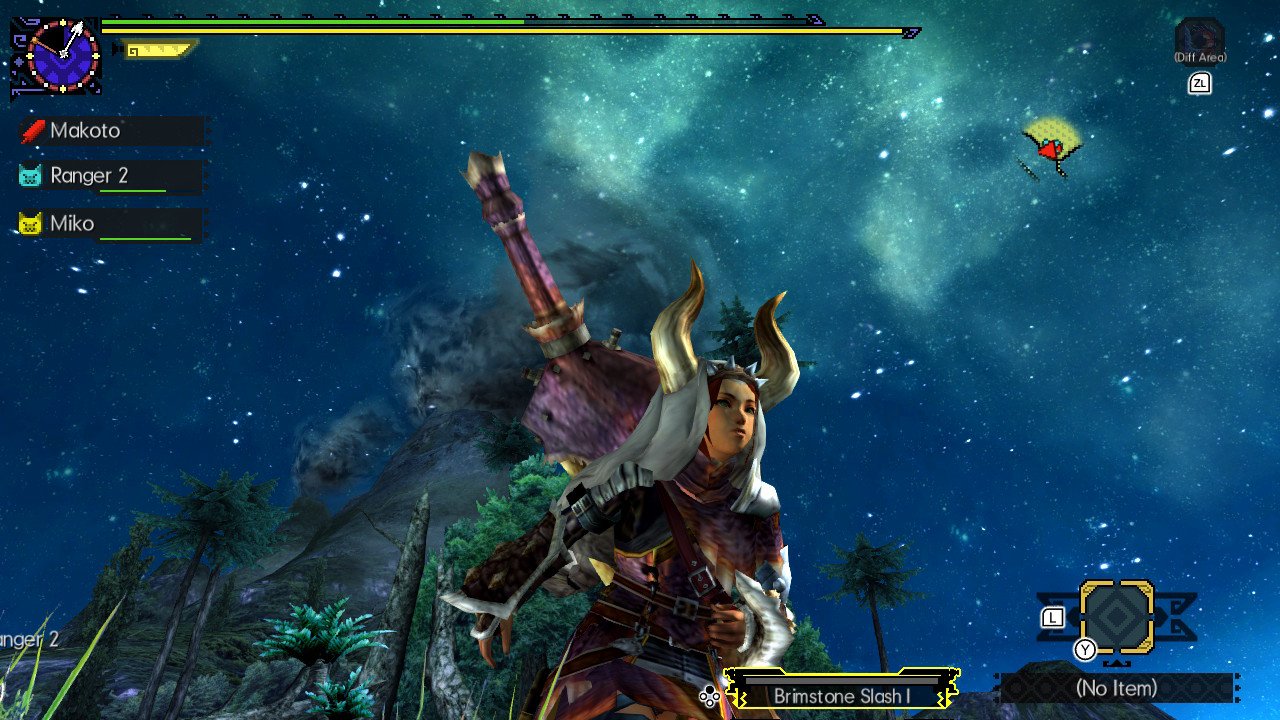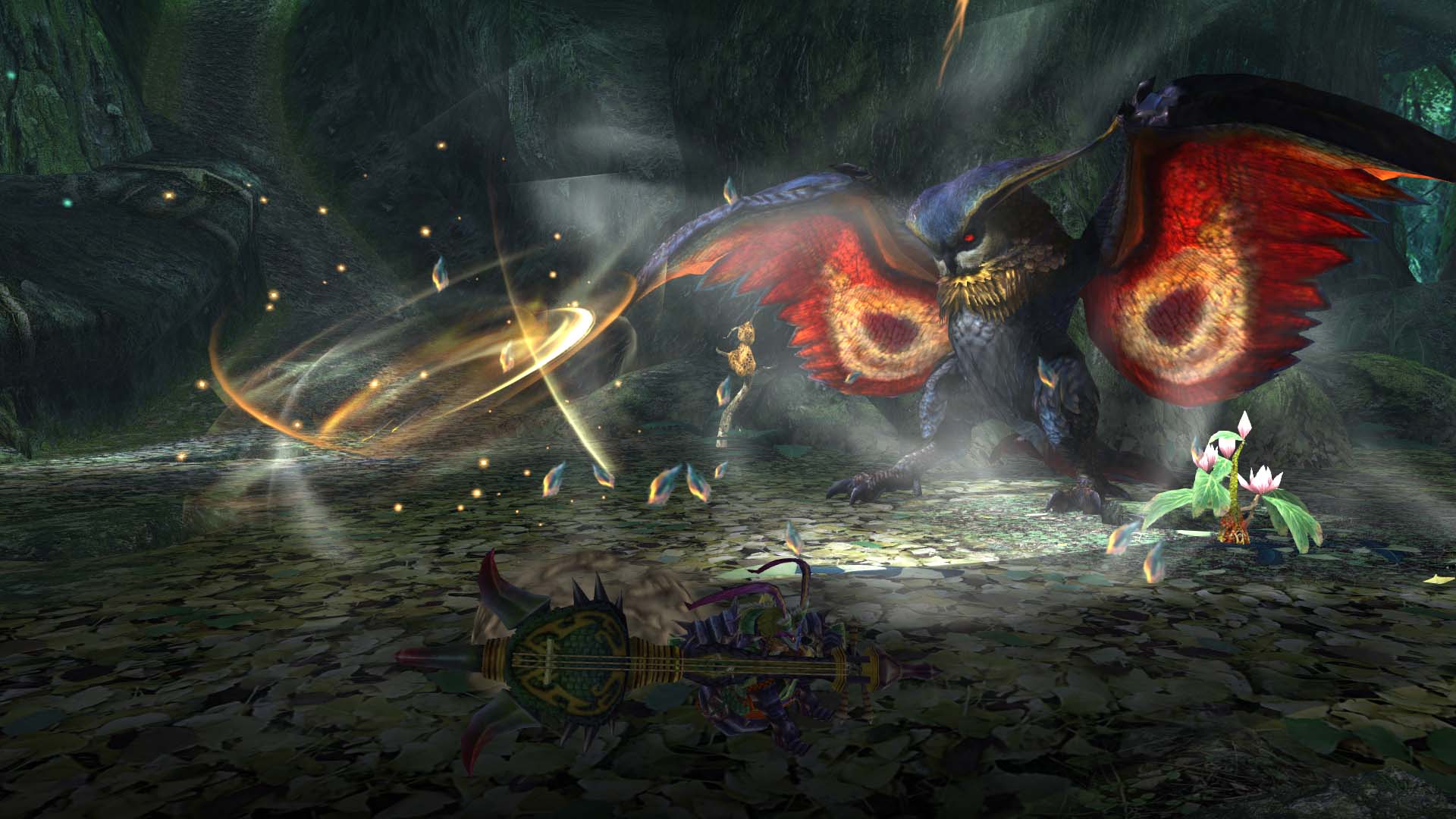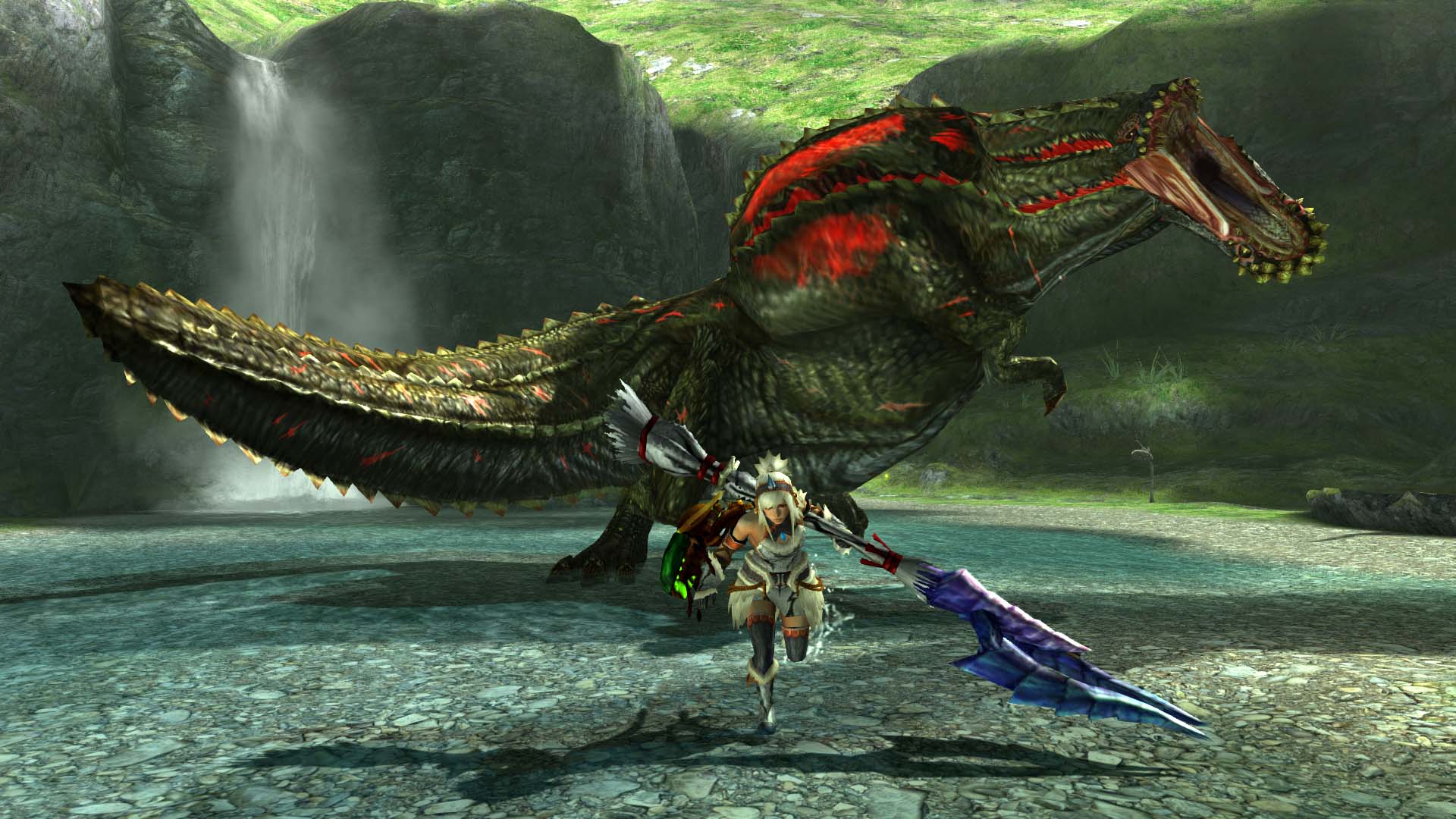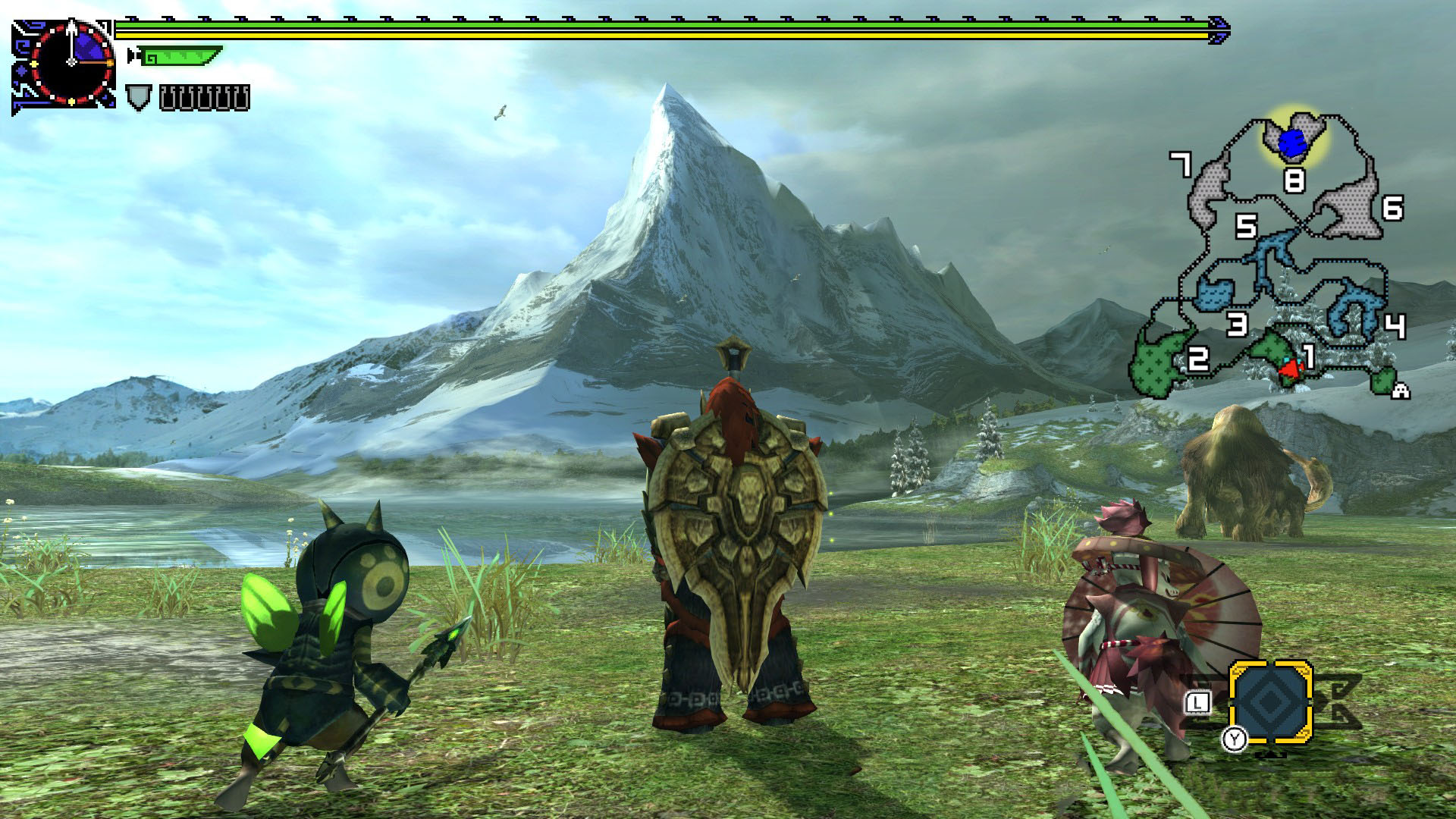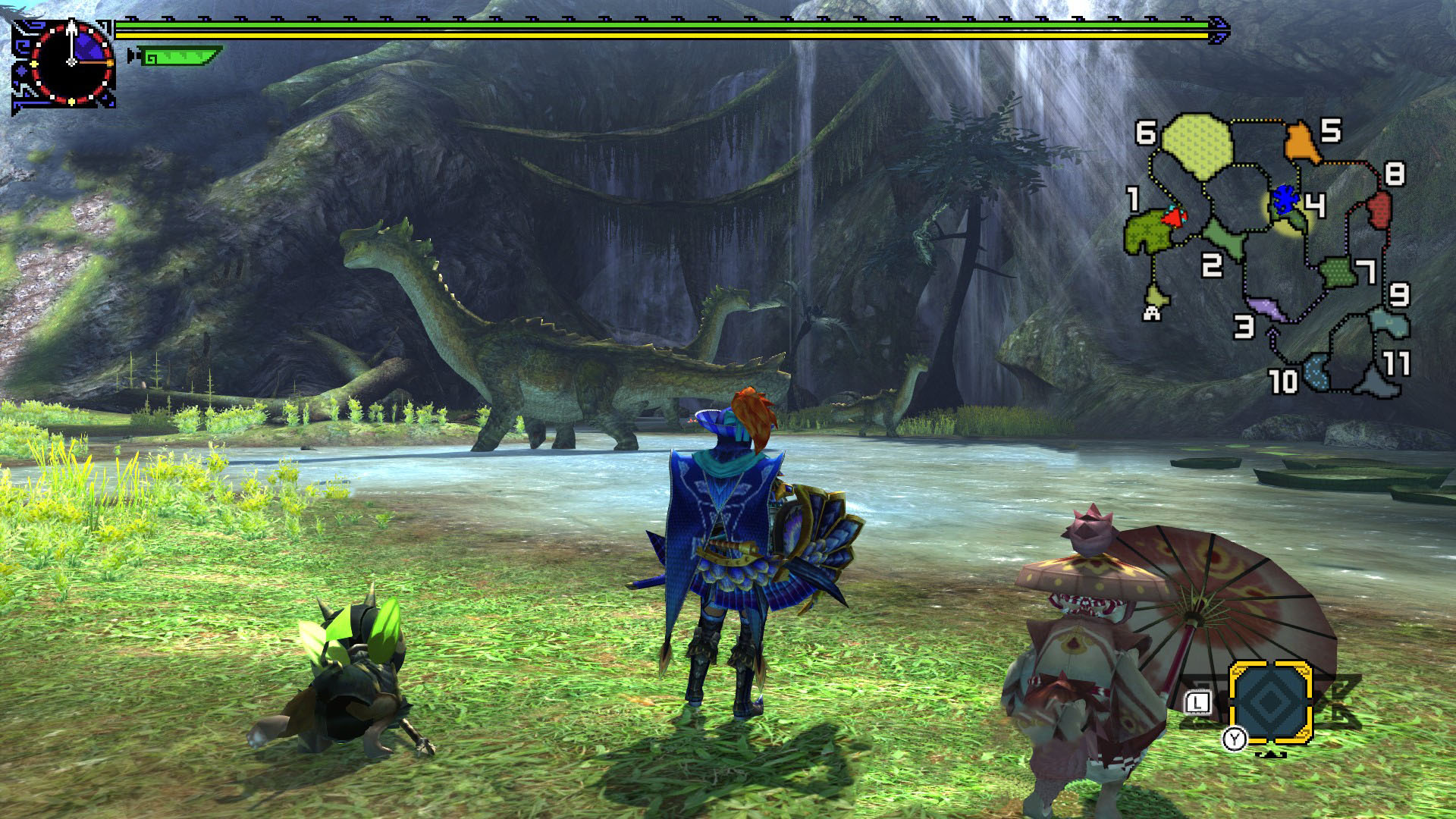
The Monster Hunter franchise has been one of my favorite series since its inception on the PlayStation 2, even though back then I absolutely hated the controls among other limitations at the time. Since then, I have played each and every iteration of the series that has released stateside and put hundreds of hours into each one. I was always a bit disappointed that Double Cross (or Generations Ultimate as it has become to be known) was never slated for release in the states. Well, I was, until Capcom finally agreed to localize the game, and here we are! I would be able to play the fully realized version of perhaps my most favorite entry within the series! Is the game the fantastic romp I hoped for, or did it disappoint?
Monster Hunter Generations Ultimate
Publisher: Capcom
Developer: Capcom
Platform: Nintendo Switch
Release Date: August 28th, 2018
Players: 1-4 Players
Price: $59.99
So, there are a few things to get out of the way before I start this review. First and foremost, for those uninitiated with the Monster Hunter series, this is not a sequel or a spin off of Monster Hunter World. I know quite a few people who only got in to Monster Hunter with World and honestly? Most of those people will probably be disappointed with Monster Hunter Generations Ultimate.
Realistically speaking, MHW made a lot of quality of life changes and in some ways, made the series a lot easier and a lot more accessible for new comers. MHGU doesn’t pull those same punches. If you though World kicked your butt with a few of the monsters, woo boy, you’re going to see so many triple carts in GU it’s not even going to be funny. MHGU is a much tougher and a much less accessible game.
That’s because this is the last game of what I’ll call the “original series” and as such, it uses all the same conventions that those of us who have played the series from the get go have come to love, hate, scream at and then hopefully master as we worked through high rank and eventually (in some games) G rank.
Secondly, none of the Monster Hunter games have much in the way of a story. Oh they have one, but they are so bare bones that usually when I recommend the series to someone who is picking it up for the first time, I skip over detailing the story all together. But since this is a professional review, I’ll mention it slightly and then move on to the meat and bones of what the game does actually have to offer.
As in all previous Monster Hunter games, you’re a new hunter in a new town. In this instance, you’re actually doing research for one of two of the series main institutions, the Wycademy. The Wycademy and the Guild Hall are the two main institutions you hear of most often while playing through the series. In any case, you’re a new Hunter sent to Bherna village on behalf of the Hunters Guild to help the Wycademy perform research on different monsters.
As the game progresses, you’ll come across new monsters that no one has heard of, some only some have heard of and others that are basically common knowledge and that everyone hates. Your job is to kill and/or capture them, gain knowledge and then generally keep the stronger monsters from destroying the various towns.
You will eventually max out the village quests (where the story is located) and you will have to face off against the games ending Elder Dragon. Once done, everyone cheers, you’re hailed as a hero and then you will probably go online and get beaten up by other High and G rank monsters.
Got it? Good. Because that is the bare bones story for every Monster Hunter game ever. Of course there is dialogue making all this seem much more epic than it actually is, but it is such a recurring theme in all the games, the story in any of them doesn’t really warrant much attention.
It is basically there to give the player a reason for going out and killing giant dragons with weapons that shouldn’t be possible. And as much as I love this series, I really do wish sometimes that we could have a really story driven Monster Hunter game at some point. Perhaps something similar to God Eater or Toukiden at some point.
The biggest draw in any Monster Hunter game is the gameplay and MHGU has it in spades. For those not in the know, MHGU is basically the swan song for the series in regards to how the series played before MHW came about. This means no more walking while drinking a potion or eating a ration.
No more pressing a button once and automatically collecting bugs/herbs at a gather site. No more auto crafting items while out in the field. The basics here are the same as any other Monster Hunter game before MHW. There is some really good news though, for some people.
This means that MHGU is a much more technical game and you are forced to think a bit more during fights. Fights here are much more methodical and require a lot more prep and fore knowledge about where you’re going and what you will be fighting. For fans of the older games, this can be a welcome return to form. For others, the lack of the quality of life changes are a step backwards.
The biggest mechanical and gameplay change we see in MHGU is the return of Hunter Arts and Styles. Hunter styles will drastically change the way you approach each fight and how you play the game. There are the 4 returning styles from Generations with 2 new Styles just for Generations Ultimate: Valor and Alchemy.
Personally speaking, I absolutely love the hunting styles found here as they really open up weapons to different types of play-styles. In all previous games, while I really enjoyed the look and power of the Great Sword weapon class for example, it was always so slow and unweildy for me to use effectively.
With the Aerial style, I can now use the weapon I’ve always enjoyed. I would strongly recommend that each person who tries out MHGU take their time and try out the different styles. Some are stronger than others (and weaker than others) in different situations.
In addition to the styles, we also have the Hunter arts. These attacks can be most easily described as “limit breaks” in this game. Over the course of battle, for performing different actions, a meter will fill for the different arts you have equipped.
After the meter has been filled, you can unleash these techniques that range from beneficial healing skills, to evasive skills, attack skills and others that will act as multiple different skills. MHGU offers new skills beyond those that we saw in Generations and add even more options for players to experiment with.
Also returning from Generations is the fact that players can continue to go through the game as a palico character. The series is known for having cute feline companions and characters that are there to help the player and as enemies, annoy you with stealing items in your inventory.
Players are still able to raise up palico companions and bring up to 2 along with them during solo hunts or 1 if they are duoing with another player. If you so choose, you are able to set a palico as your character and go out on hunts playing as one of the kitties that you have raised up.
There are certain benefits and downsides to playing as a palico and again, they offer up interesting options for a series that has continued for several iterations. There are also new palico skills and equipment to collect and use and palico only hunts for the player to take on if they are a completionist and absolutely must see everything the game has to offer.
Personally speaking, I’ve never been a fan of playing as the kitties, so I only really focused on raising companion palicos, never really bothering with kitting out a player palico to take on larger hunts.
Finally, let’s talk graphics for a moment. Graphically speaking, MHGU is the pinnacle in terms of traditional Monster Hunter games. While not overly impressive when compared to more modern iterations of the series, remember that MHGU is an upgraded port of a 3DS game. Even for being a port of a handheld game however, the graphics are really fairly good.
They are certainly better than previous entries in the series. You are able to make out the little flairs of details on the numerous arms and armors available in the game. Parts of the armor will flow and bounce depending on the actions taken out in the field and in town. Just don’t expect next gen graphics out of MHGU.
Graphically, it is very much still a handheld game just ported over to the Switch. Several of the areas are just brimming with little details that make each and every location in the game unique, even ones that have been recycled from earlier games. Over all though, while not top of the line, most players won’t have much issue with the graphics if you’ve played any sort of handheld in the last few years.
I tried very hard not to turn this review into a MHGU vs MHW type of deal that I have seen other reviews and websites do. The comparisons aren’t really apt anyway. While both games are in the same franchise, they are very different games that play completely differently.
If you are a fan of older Monster Hunter titles or are looking for more difficulty and a more mechanical (not robotic) game experience and enjoy challenging fights against larger than life foes, Monster Hunter Generations Ultimate is by far one of the games you must pick up.
Just be forewarned: The early game is a massive slog, something that the series is notorious for and the game doesn’t pull any punches and doesn’t have the quality of life upgrades that newer iterations of the series, or even newer games in the genre have implemented.
The good news is that the game offers a lot of large monsters for the player to fight, more than any other western release of series has had before. Beyond that, the new hunter arts and styles offer up many new ways for players to take on fan favorites and newer monsters both.
Did Monster Hunter Generations Ultimate live up to my expectations? Yes, yes it did. I expected a final swan song for the series as it has been known for decades with loads of large monsters to hunt, interesting arms and armor to craft and collect. Just please don’t expect Monster Hunter World on the Switch or in a portable mode. This isn’t World and it was never meant to be.
Monster Hunter Generations Ultimate was reviewed on Nintendo Switch using a review copy purchased by Niche Gamer. You can find additional information about Niche Gamer’s review/ethics policy here.
The Verdict: 8.5
The Good
- 2 New Hunter Styles and new Hunter Arts allow for more customization when it comes to how players complete the game.
- Introduction of G-Rank adds a new level of difficulty and more arms and armor to collect, adding dozens, if not hundreds of hours to the game
- The largest Monster Hunter game to date with over 130 different monsters for the player to hunt down
- Return to form that the series has been known for
The Bad
- Extreme learning curve and the game pulls no punches. You will either “git gud” and eventually learn how to take down a mark, or you will hit a wall you are unable to get past
- Even after several different iterations into the franchise, the lack of any decent story outside of the basics to keep players going continues to hold the series back
- The early game is so slow, many players will probably give up before reaching the meat of the game
- Removal of the quality of life updates will turn away players that haven’t played the original games before
